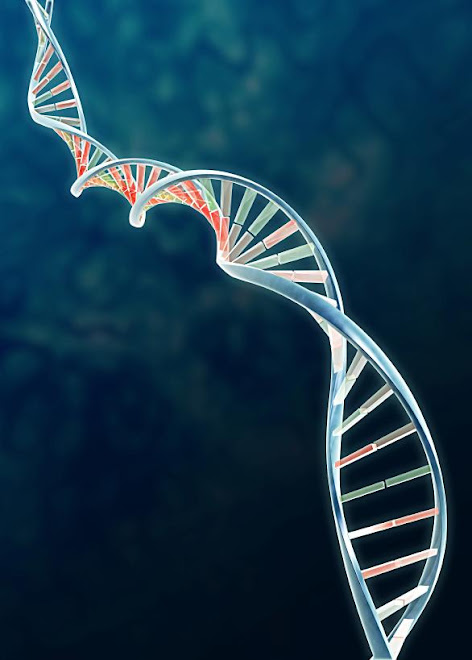DNA is basically a long molecule that contains coded instructions for the cells. Everything the cells do is coded somehow in DNA - which cells should grow and when, which cells should die and when, which cells should make hair and what color it should be Next generation dna sequencing techniques. Our DNA is inherited from our parents. We resemble our parents simply because our bodies were formed using DNA to guide the process - the DNA we inherited from them.
As DNA testing expands and the price and speed of sequencing equipment improves, it's not out of the question that the half-million dollar sequencers now only available in top research labs may find their way into routine hospital and physician office labs throughout the U.S. over the next decade, according to the findings of Next generation dna sequencing techniques Information. The healthcare market research publisher has recently released the second edition of its report on the industry, "DNA Sequencing Equipment and Services Next generation dna sequencing techniques.
More information on DNA sequencing markets can be found in Next generation dna sequencing new report DNA Sequencing Equipment and Services Markets, 2nd Edition, which discusses trends, challenges, strategies, companies and products, and provides estimates of market share and revenue growth.
DNA Sequence Prior to taping, these glass plates are cleaned with Alconox detergent and hot water, are rinsed with double distilled water, and dried with a Kimwipe. Typically, the notched glass plate is treated with a Next generation dna sequencing techniques reagent and then rinsed with double distilled water. After pouring, the gel immediately is laid horizontally and a well forming comb is inserted into the gel and held in place by metal clamps.Nucleotides are added iteratively to the reaction and in case of incorporation, pyrophosphate (PPi) is released. PPi triggers a series of reactions resulting in production of light, which is proportional to the amount of DNA and number of incorporated nucleotides. The polyacrylamide gels are allowed to polymerize for at least 30 minutes prior to use. After polymerization, the comb and the tape at the bottom of the gel are removed in Next generation dna sequencing techniques.
As DNA testing expands and the price and speed of sequencing equipment improves, it's not out of the question that the half-million dollar sequencers now only available in top research labs may find their way into routine hospital and physician office labs throughout the U.S. over the next decade, according to the findings of Next generation dna sequencing techniques Information. The healthcare market research publisher has recently released the second edition of its report on the industry, "DNA Sequencing Equipment and Services Next generation dna sequencing techniques.
More information on DNA sequencing markets can be found in Next generation dna sequencing new report DNA Sequencing Equipment and Services Markets, 2nd Edition, which discusses trends, challenges, strategies, companies and products, and provides estimates of market share and revenue growth.
DNA Sequence Prior to taping, these glass plates are cleaned with Alconox detergent and hot water, are rinsed with double distilled water, and dried with a Kimwipe. Typically, the notched glass plate is treated with a Next generation dna sequencing techniques reagent and then rinsed with double distilled water. After pouring, the gel immediately is laid horizontally and a well forming comb is inserted into the gel and held in place by metal clamps.Nucleotides are added iteratively to the reaction and in case of incorporation, pyrophosphate (PPi) is released. PPi triggers a series of reactions resulting in production of light, which is proportional to the amount of DNA and number of incorporated nucleotides. The polyacrylamide gels are allowed to polymerize for at least 30 minutes prior to use. After polymerization, the comb and the tape at the bottom of the gel are removed in Next generation dna sequencing techniques.
